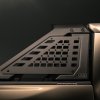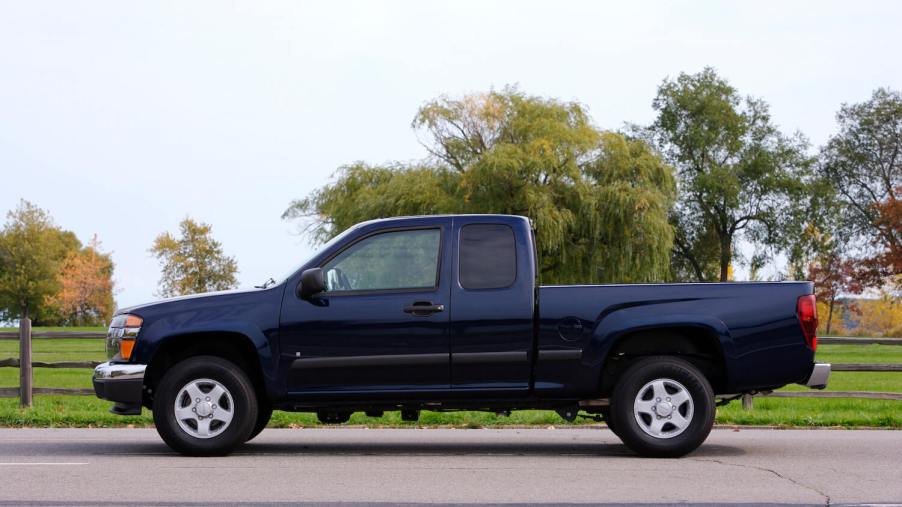
3 Top Used GMC Canyon Problems–According to A Mechanic
The Canyon is GMC’s mid-size pickup truck. The 2004-2012 Canyon, just like its Chevrolet Colorado twin, is an efficient and reliable compact pickup truck. But every vehicle has its own unique issues. Luckily the mechanics at 1A Auto have compiled the top issues they have faced with the 1st-generation GMC Canyon.
- Broken timing chain
- Blower motor resistor
- Check engine light
A broken timing chain can cause severe damage to a GMC Canyon’s engine
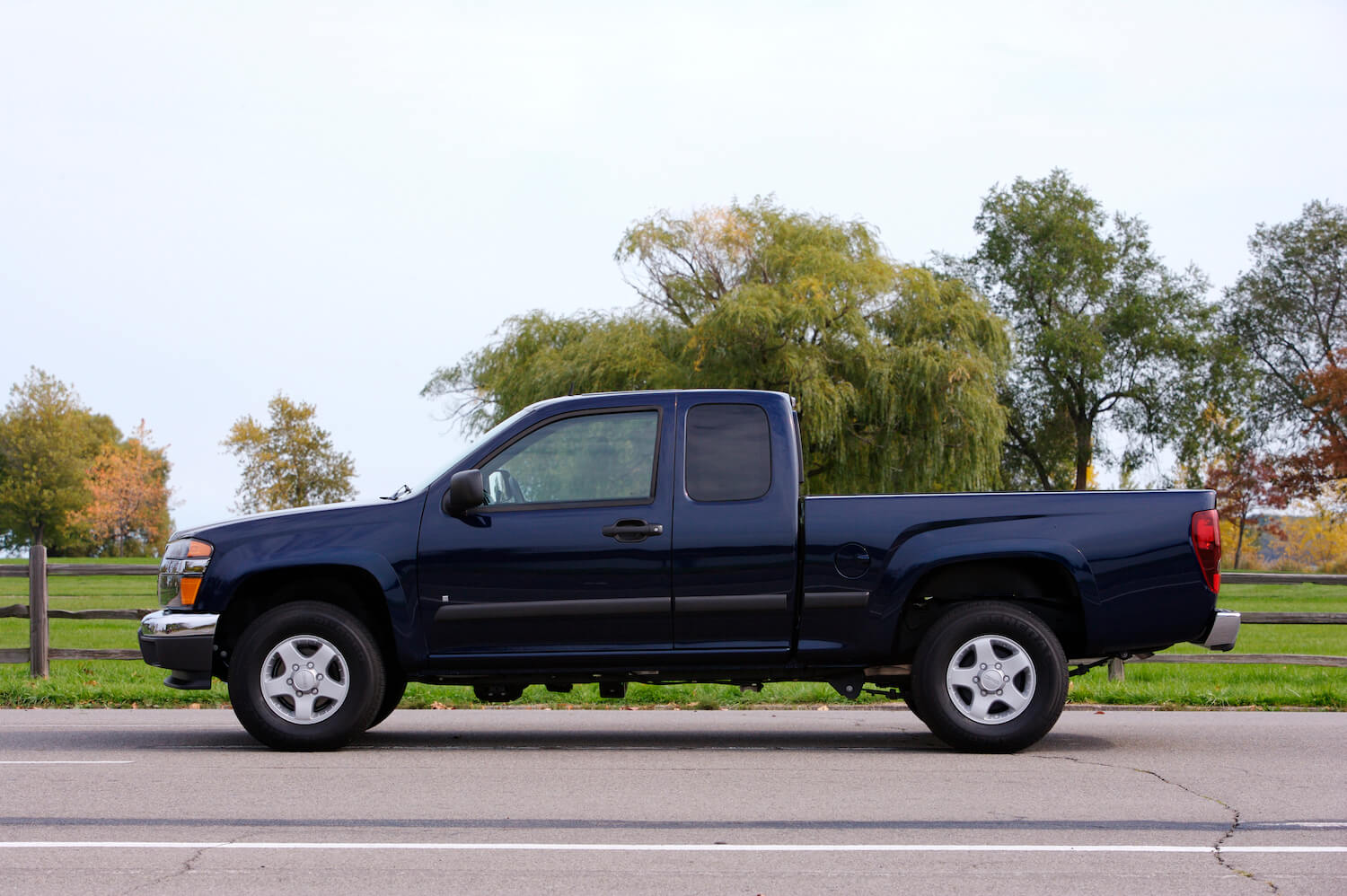
A motor’s timing chain has an important job: connecting the engine’s bottom end with the internals at the top of the engine. The timing chain allows each engine valve to open and close at precisely the right moment in each revolution. All timing chains and timing belts wear out eventually. But the first-generation GMC Canyon’s timing chains are known for wearing prematurely–according to 1A Auto.
You don’t have to worry about whether you have a broken timing chain: if you do your truck simply won’t start. But if your timing chain breaks while you are driving, your engine’s pistons can smash into its valves as they try to close at the wrong moment. Because the timing chain is located inside the engine, keeping up with your oil changes can help it to last longer.
A failed resistor can keep you from turning on the GMC Canyon’s HVAC blower motor
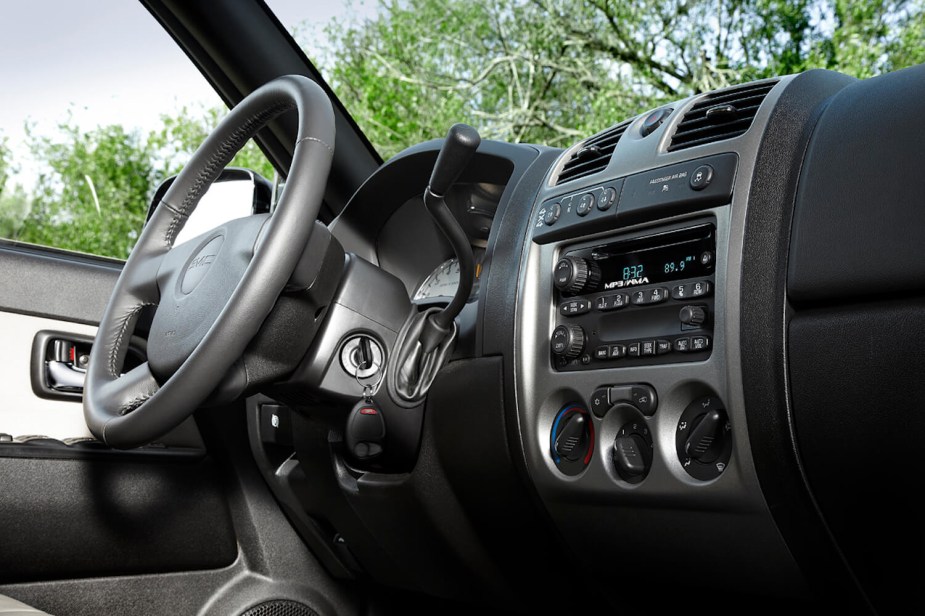
The GMC Canyon has a fan that blows air through the heating or air conditioning system and into the cab. When you adjust your HVAC fan’s speed, you are actually adjusting a resistor that controls the amount of electricity flowing through this blower motor. In 2004-2012 GMC Canyon’s this resistor tends to burn out.
The good news is that the GMC Canyon’s blower motor resistor is easy to reach, located just under the truck’s glove box. But the bad news is that it often blows out when the blower motor is malfunctioning and drawing too much electricity. So you’ll want to test your blower motor before you just swap the resistor out. Otherwise, you may lose your replacement resistor as well.
Vacuum leaks, dirty throttle bodies, and stuck EVAP vents can all cause check engine lights
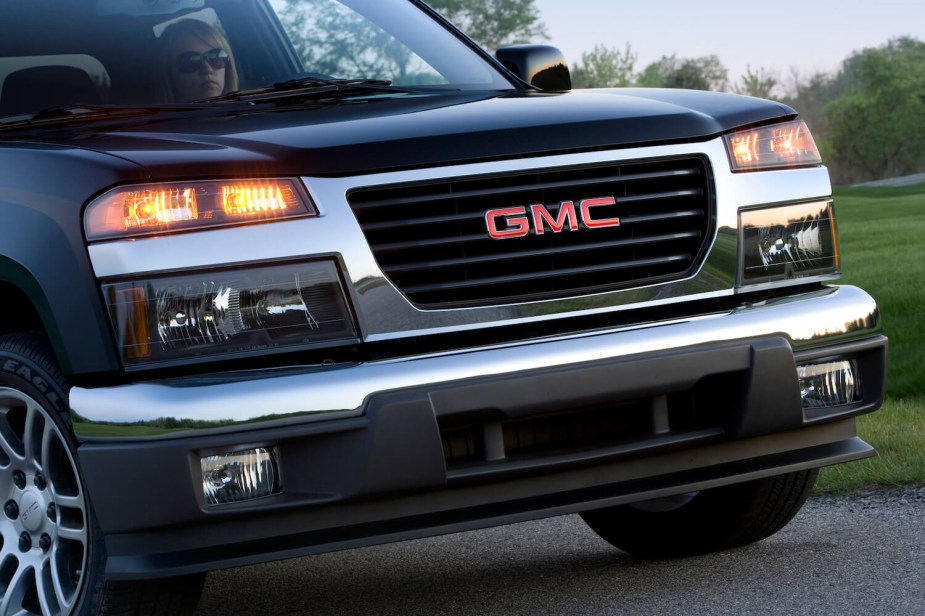
A check engine light are a common sight on the dashboard of first-generation GMC Canyons. This is because three of the most common 2004-2012 GMC Canyon problems all cause check engine lights. Luckily, the most common causes of check engine lights in these trucks are relatively easy to address, and not particularly dangerous for your engine. But that doesn’t mean you shouldn’t take this warning light seriously. What is more, you should address a check engine light ASAP because even if its something harmless, like a stuck EVAP valve, it could mask a much worse issue further down the road.
You can start by checking the error code your truck’s OBD system is recording, either with your own reader or at the local auto parts store. Here are the most common three codes for old GMC Canyons:
- P0300 and P0171 may be caused by a leaking PCV hose
- P0506 is caused by a dirty throttle body
- P0450 means a leaking EVAP system, usually due to a stuck valve
Next, learn more about all the common GMC Canyon issues that cause check engine lights or watch 1A Auto’s GMC Canyon problems overview in the video below:


